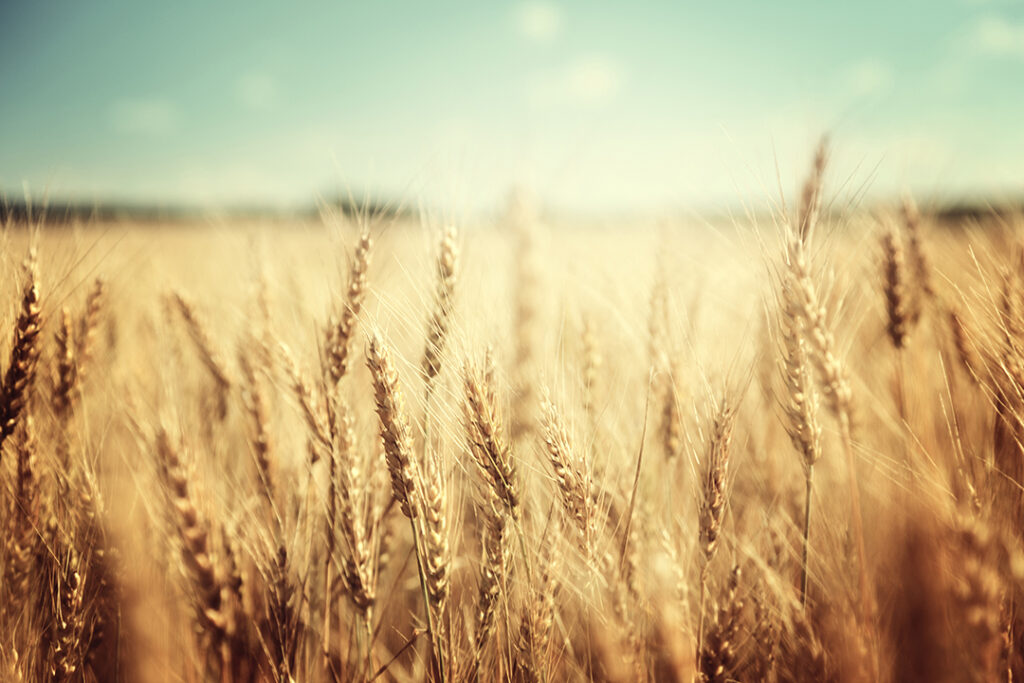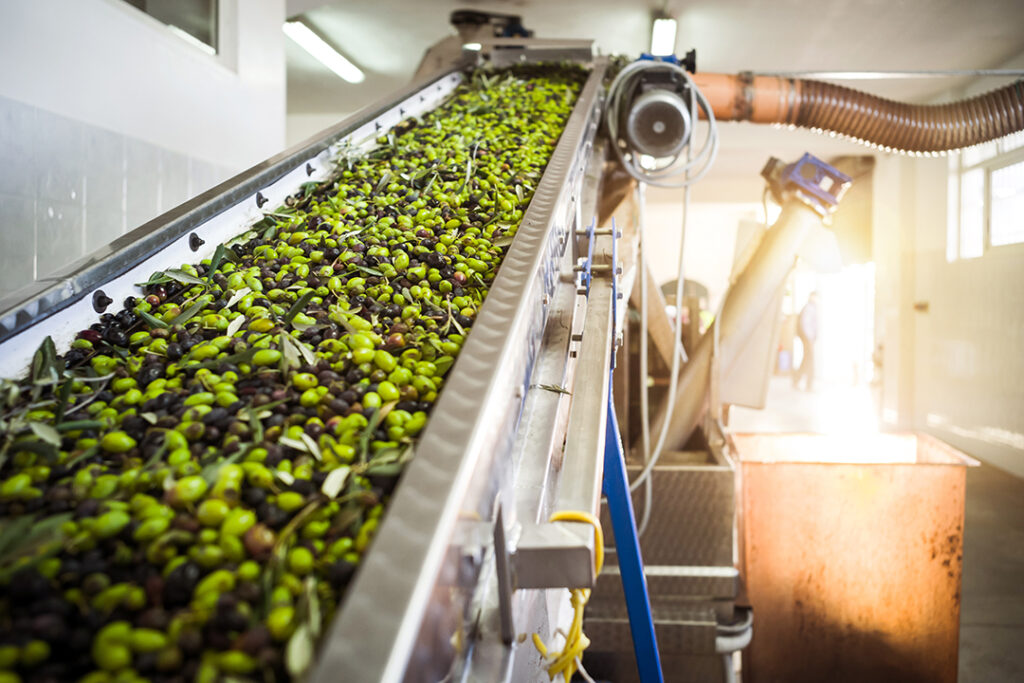The crop protection industry is making commitments to collect 75 per cent of plastic pesticide containers by 2025 and ensure schemes are available in all 27 EU member states
By Olivier de Matos
Director General, CropLife Europe
There can surely be no more depressing sight than plastic waste, whether on land, in the oceans or thrown into landfill. According to the OECD, the world is producing more than double the plastic waste it was two decades ago (today about 400mn tonnes a year) and is on track to almost triple that by 2060. Around half ends up in landfill, is incinerated, or leaks into the environment. Only 9 per cent is successfully recycled, while 22 per cent is mismanaged.
As manufacturers of pesticides and biopesticides, the crop protection industry is acutely aware of its environmental impact and we are constantly looking for ways to minimise and mitigate our footprint. Almost 30 years ago – only shortly after the term ‘circular economy’ made its first ever appearance – the industry launched an initiative to make the products and packaging processes on the farm more circular.
The Container Management Systems, which now extend across almost all of Europe, recycle the plastic containers that are needed to transport and apply many of our products. As an industry, we are extremely conscious of the environmental and sustainability consequences of this packaging, and have reduced our use of plastics to the absolute minimum.

Working with national authorities, farm unions and licensed waste operators across the EU, we have established schemes that collect, recover, and recycle used plastic pesticide containers. By doing so, we are making a tangible contribution to the circular economy for plastics.
In 2020, CropLife Europe made six binding and ambitious sustainability commitments. Front and centre were commitments to increase the average collection rate of plastic pesticide containers across EU member states to 75 per cent by 2025, and to ensure that a container collection scheme is available in all EU member states by 2025.
As things stand today, there are Container Management Systems in 20 of the 27 EU member states and collection rates are 66 per cent, an increase of 5 percentage points over the past five years, due primarily to better waste collection.

To reach our 75 per cent target in the coming three years we are establishing collection programmes in all 27 member states and significantly increasing the collection rate in countries with programmes that have room for improvement.
More than 83 per cent of the plastic collected in the 20 member states with collection programmes was sent for safe and controlled recycling into new products such as protection pipes for underground internet cables, corrugated tubes, concrete moulds, and parking cones. Our industry ensures that the crop protection product containers are non-hazardous using a process called triple rinsing, which studies have shown removes 99.99 per cent of residues. Farmers decontaminate their empty containers by rinsing and draining. Then the water from rinsing is added into the spray mixture and applied to the crop without producing any additional wastewater.
And for every tonne of High Density Polyethylene (HDPE) plastic recycled into new products (rather than using virgin HDPE plastic), we create energy savings of more than 50mn thermal units – or the equivalent of more than 1,700 litres of petrol.

But it’s not just about our work on the ground. This year CropLife Europe also joined the Circular Plastics Alliance (CPA) chaired by the European Commission – the Alliance is a group of 300 organisations representing industry, academia and public authorities committed to delivering on the circular economy for plastics. Joining the CPA marks another important milestone in our industry’s ongoing commitment to sustainability and gives us the opportunity to share our nearly three decade long experience since the first Container Management System was launched in Germany back in 1994, as well as to work together with policymakers and civil society to overcome the environmental challenges ahead.
This article was first published on FT.com